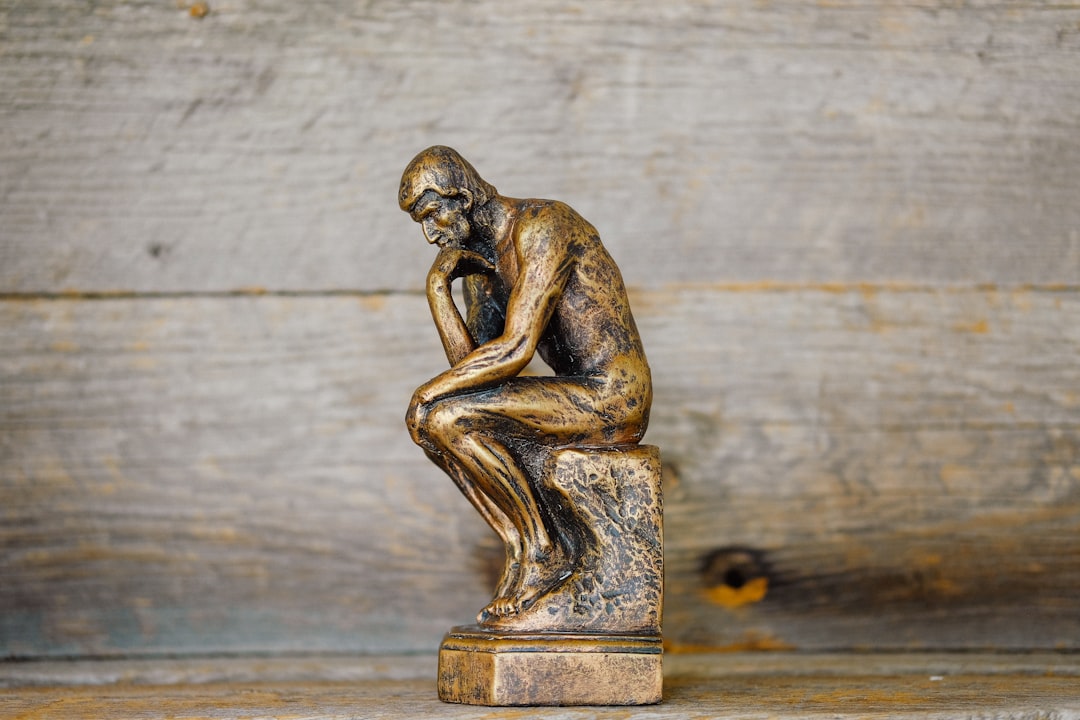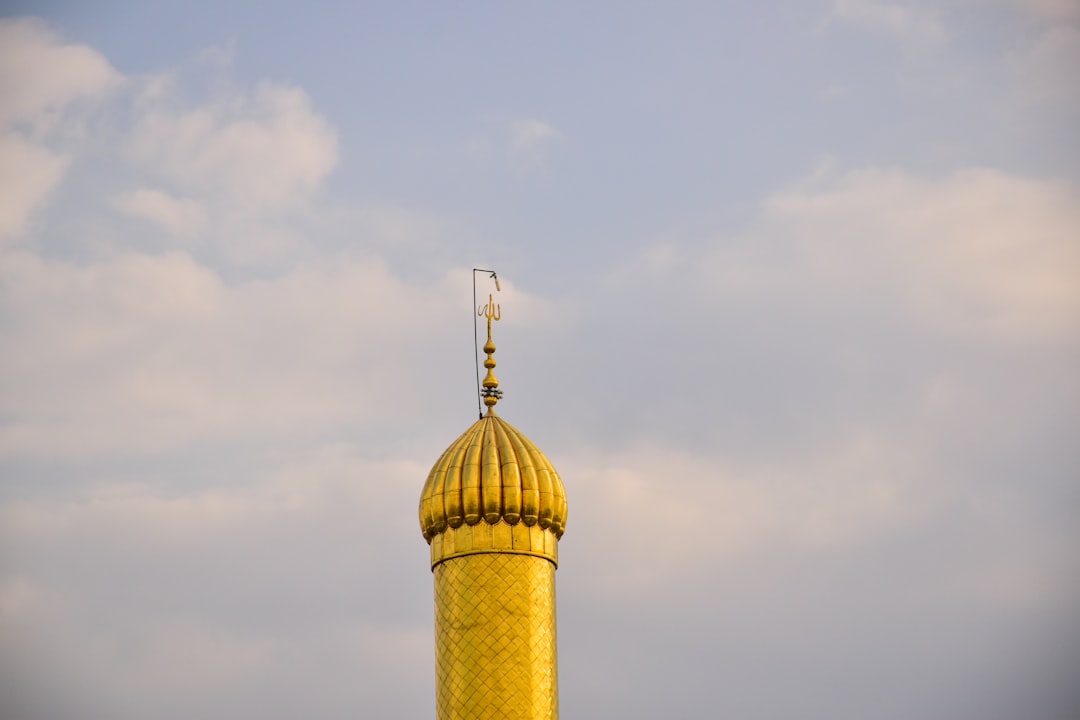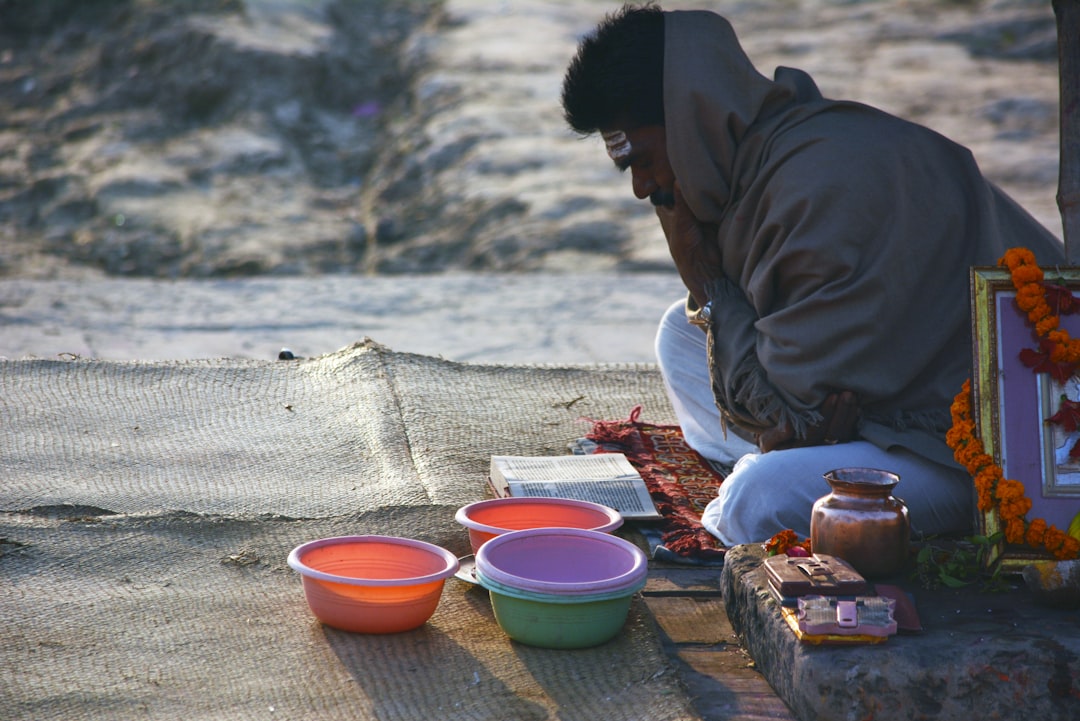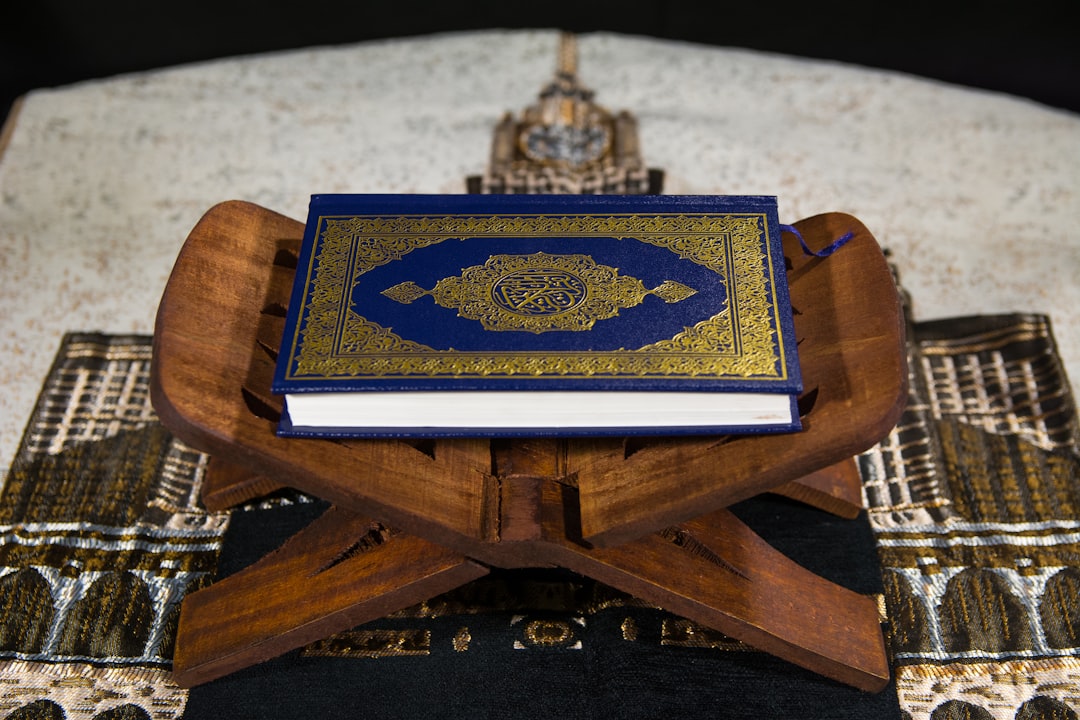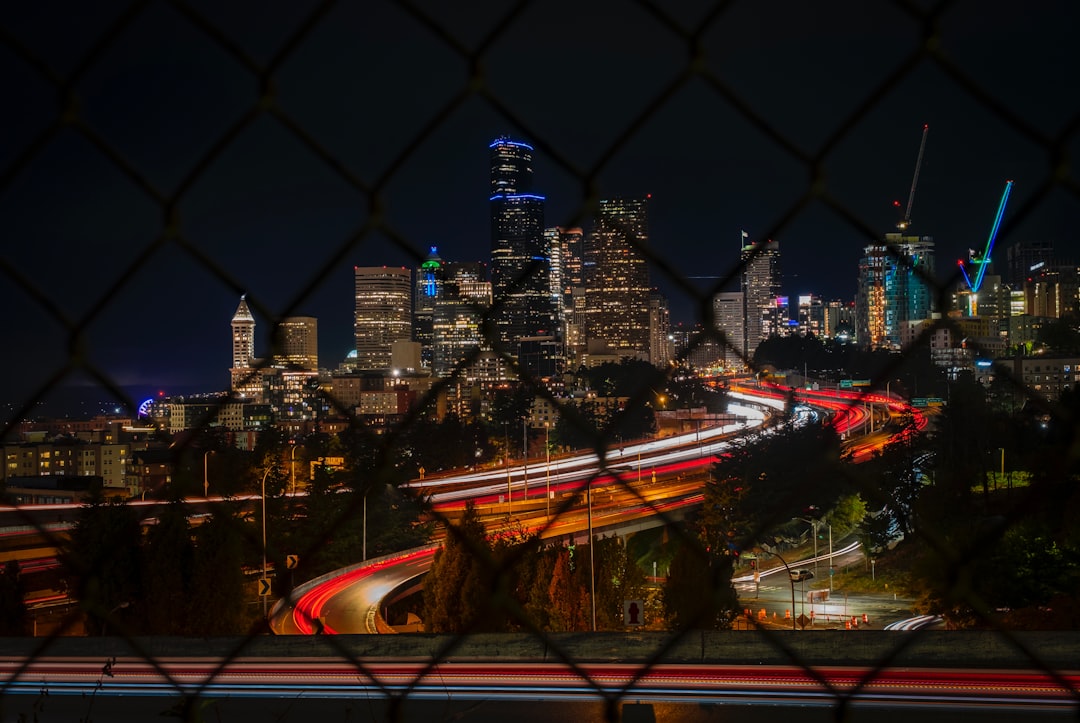Layers of Meaning: Allusion in Classical Persian Literature
Allusion is the art of beckoning the reader beyond the surface of a verse—inviting them to hear echoes of earlier stories, sacred texts, and shared cultural memories. In classical Persian literature, poets wove allusive threads through their lines, creating layers of meaning that reward attentive—and well-informed—readers. From the epic halls …
The Art of Embellishment: An Introduction to Rhetorical Devices (Badīʿ)
“A single word, struck or arranged just so, can turn mere prose into music.”
In classical Persian and Arabic eloquence, badīʿ (بدیع)—literally “embellishment”—refers to a rich toolkit of rhetorical devices used to adorn speech and verse. From playful puns to lush metaphors, badīʿ not only delights the ear but deepens …
From Khorasan to Iraq: Understanding the Major Stylistic Shifts in Persian Poetry
For over a millennium, Persian poets have refined their craft through successive schools of style (sabk). Two foundational epochs—the Khorasani style of the 10th–12th centuries and the Iraqi style of the 13th–15th centuries—mark a decisive evolution in language, imagery, and worldview. By tracing their differences, we gain insight into how …
Wise Fools and Holy Madmen: Paradoxical Figures in Sufi Literature
In the rich tapestry of Sufi writing, you often meet characters who turn conventional piety on its head—laughing in taverns, dancing barefoot in the street, or proclaiming divine truths at the risk of their lives. These “wise fools” and “holy madmen” embody the tension at the heart of mystical experience: …
The Pursuit of Adab: Ethics, Manners, and Wisdom in Classical Persian Writings
In the rich tapestry of Persian literature, adab—a term encompassing etiquette, ethics, and cultivated conduct—shines as both ideal and guide. From princely manuals to poetic anthologies, classical authors wove adab into stories and treatises alike, teaching readers how to live with honor, generosity, and inner refinement. Today, these timeless …
Voices of Lament: The Tradition of Elegy (Marsīya) in Persian Poetry
Elegy—marsīya or, in its older Persian idiom, rithāʾ—has been the language of grief, remembrance, and moral reflection in Persian literature for over a millennium. From courtly laments for fallen patrons to the soul-shaking cries over Karbala, the elegiac tradition channels communal sorrow into poetic form, preserving history and forging spiritual …
Destiny and Divine Will (Qaza wa Qadar) in Persian Narratives
In Persian literature, the doctrine of Qaza wa Qadar—God’s decree and predestination—permeates stories both grand and intimate. From epic heroes who clash with fate to lovers who surrender to divine design, Persian writers across genres explore how human agency and cosmic will intertwine. In this post, we’ll trace key …
Mapping the Sufi Path: Stages and States in Classical Mystical Texts
Sufism often describes the seeker’s journey in two complementary registers: the maqāmāt (مقامات, “stations”)—the graded, effort-based “stops” on the path—and the aḥwāl (أحوال, “states”)—the transient, grace-bestowed experiences that visit the heart. By understanding both, the aspiring dervish can chart an inner map toward Divine Presence.


